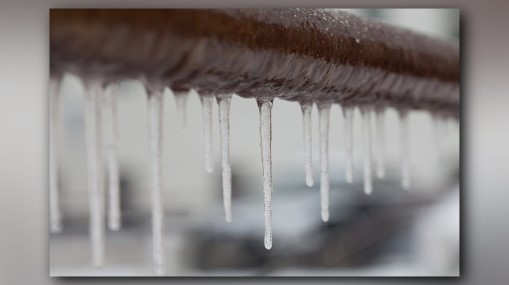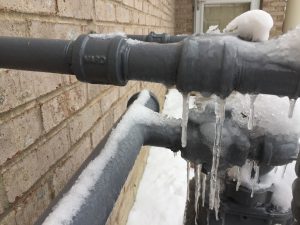Ways to Prevent Frozen Plumbing in Cold Weather: Pro Advice
Ways to Prevent Frozen Plumbing in Cold Weather: Pro Advice
Blog Article
Were you on the lookout for tips about Prevent Frozen Pipes ?

Cold weather can ruin your plumbing, specifically by freezing pipes. Below's exactly how to stop it from occurring and what to do if it does.
Intro
As temperatures decrease, the threat of frozen pipelines rises, potentially bring about costly repair services and water damages. Understanding exactly how to avoid icy pipelines is essential for house owners in cool environments.
Prevention Tips
Insulating susceptible pipelines
Cover pipelines in insulation sleeves or make use of warmth tape to shield them from freezing temperature levels. Focus on pipes in unheated or exterior locations of the home.
Home heating strategies
Maintain indoor rooms adequately warmed, specifically locations with pipes. Open up cupboard doors to allow warm air to flow around pipelines under sinks.
Exactly how to identify frozen pipelines
Try to find reduced water flow from taps, unusual smells or noises from pipes, and visible frost on exposed pipes.
Long-Term Solutions
Architectural adjustments
Think about rerouting pipelines far from exterior walls or unheated areas. Include extra insulation to attic rooms, cellars, and crawl spaces.
Upgrading insulation
Invest in top quality insulation for pipes, attic rooms, and walls. Proper insulation aids preserve regular temperature levels and decreases the risk of icy pipes.
Shielding Outside Pipes
Garden tubes and outside taps
Disconnect and drain garden hose pipes prior to winter season. Mount frost-proof spigots or cover outside faucets with shielded caps.
Understanding Frozen Pipes
What triggers pipelines to freeze?
Pipes freeze when exposed to temperatures below 32 ° F (0 ° C) for extended periods. As water inside the pipes freezes, it expands, taxing the pipeline wall surfaces and potentially causing them to burst.
Risks and problems
Frozen pipes can lead to supply of water disruptions, home damages, and costly repair work. Burst pipelines can flood homes and cause considerable structural damages.
Indications of Frozen Pipeline
Recognizing frozen pipelines early can stop them from rupturing.
What to Do If Your Pipes Freeze
Immediate actions to take
If you believe frozen pipelines, maintain taps open to soothe pressure as the ice thaws. Utilize a hairdryer or towels taken in warm water to thaw pipes slowly.
Verdict
Protecting against icy pipes calls for positive steps and fast actions. By comprehending the reasons, indicators, and preventive measures, home owners can secure their pipes during winter.
5 Ways to Prevent Frozen Pipes
Drain Outdoor Faucets and Disconnect Hoses
First, close the shut-off valve that controls the flow of water in the pipe to your outdoor faucet. Then, head outside to disconnect and drain your hose and open the outdoor faucet to allow the water to completely drain out of the line. Turn off the faucet when done. Finally, head back to the shut-off valve and drain the remaining water inside the pipe into a bucket or container. Additionally, if you have a home irrigation system, you should consider hiring an expert to clear the system of water each year.
Insulate Pipes
One of the best and most cost-effective methods for preventing frozen water pipes is to wrap your pipes with insulation. This is especially important for areas in your home that aren’t exposed to heat, such as an attic. We suggest using foam sleeves, which can typically be found at your local hardware store.
Keep Heat Running at 65
Your pipes are located inside your walls, and the temperature there is much colder than the rest of the house. To prevent your pipes from freezing, The Insurance Information Institute suggests that you keep your home heated to at least 65 degrees, even when traveling. You may want to invest in smart devices that can keep an eye on the temperature in your home while you’re away.
Leave Water Dripping
Moving water — even a small trickle — can prevent ice from forming inside your pipes. When freezing temps are imminent, start a drip of water from all faucets that serve exposed pipes. Leaving a few faucets running will also help relieve pressure inside the pipes and help prevent a rupture if the water inside freezes.
Open Cupboard Doors
Warm your kitchen and bathroom pipes by opening cupboards and vanities. You should also leave your interior doors ajar to help warm air circulate evenly throughout your home.

I am just very enthusiastic about How to Prevent Your Pipes From Freezing and I'm hoping you enjoyed the entire blog post. If you please take a moment to share this entry if you enjoyed reading it. We take joy in reading our article about Helpful Tips to Prevent Frozen Pipes this Winter.
Book Your Service Report this page